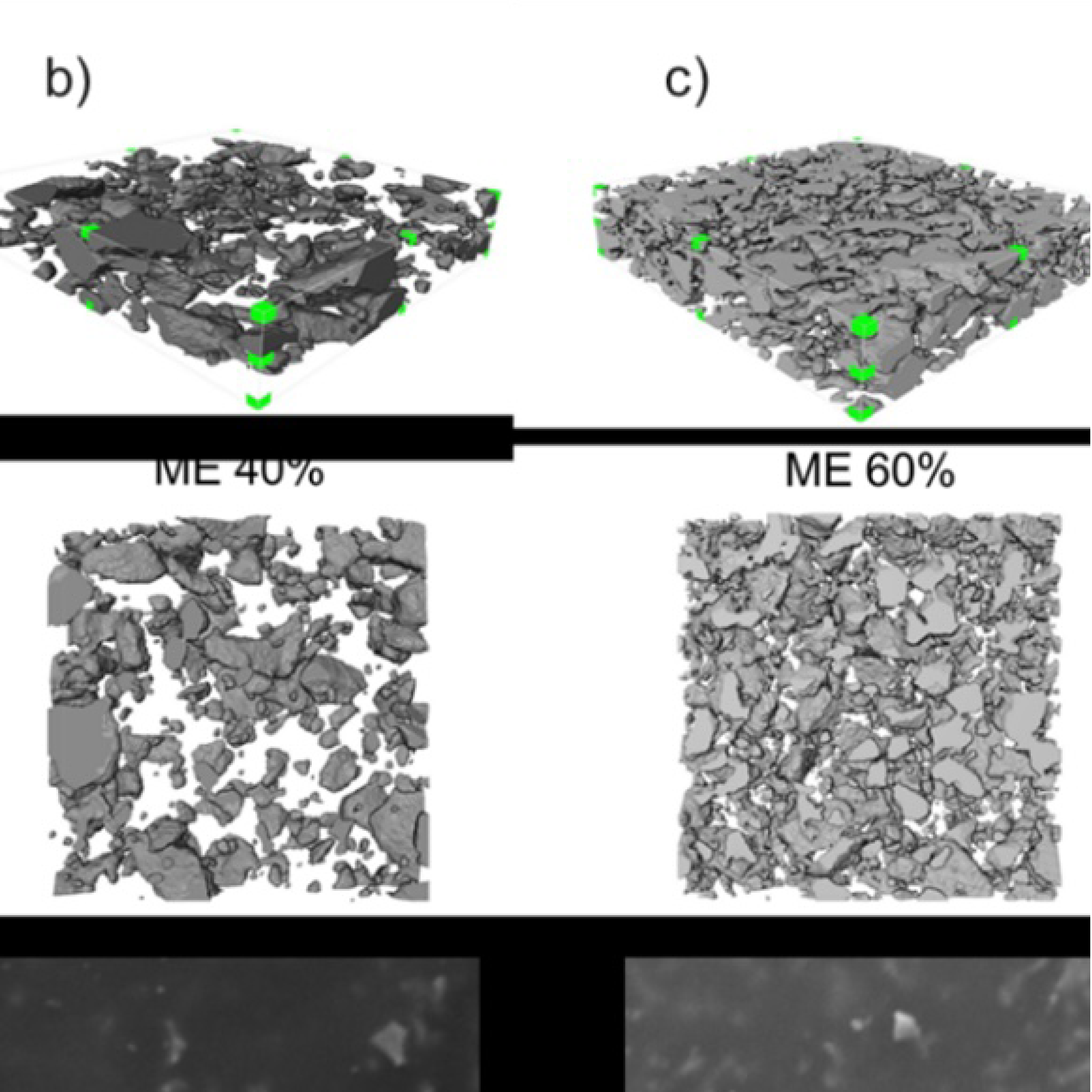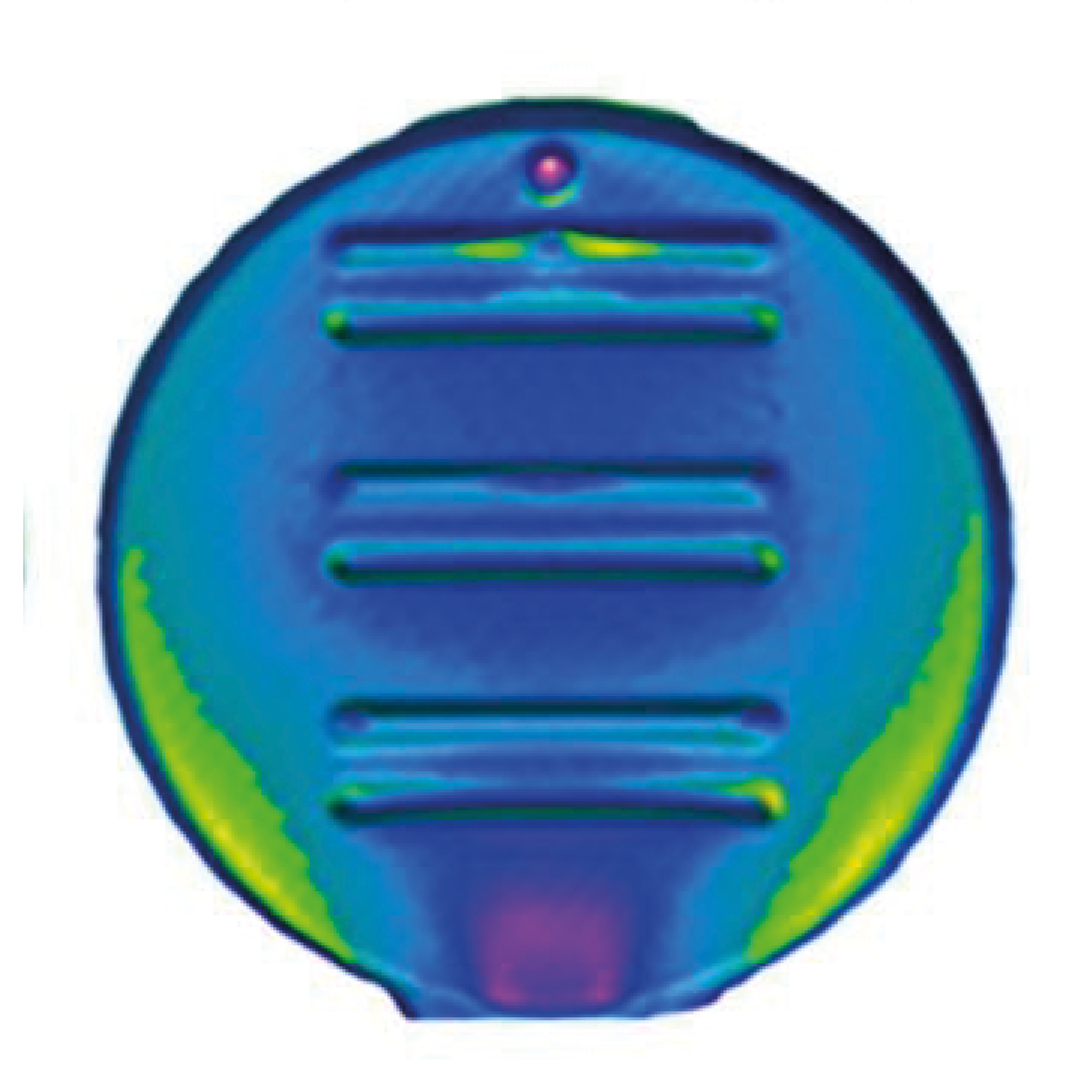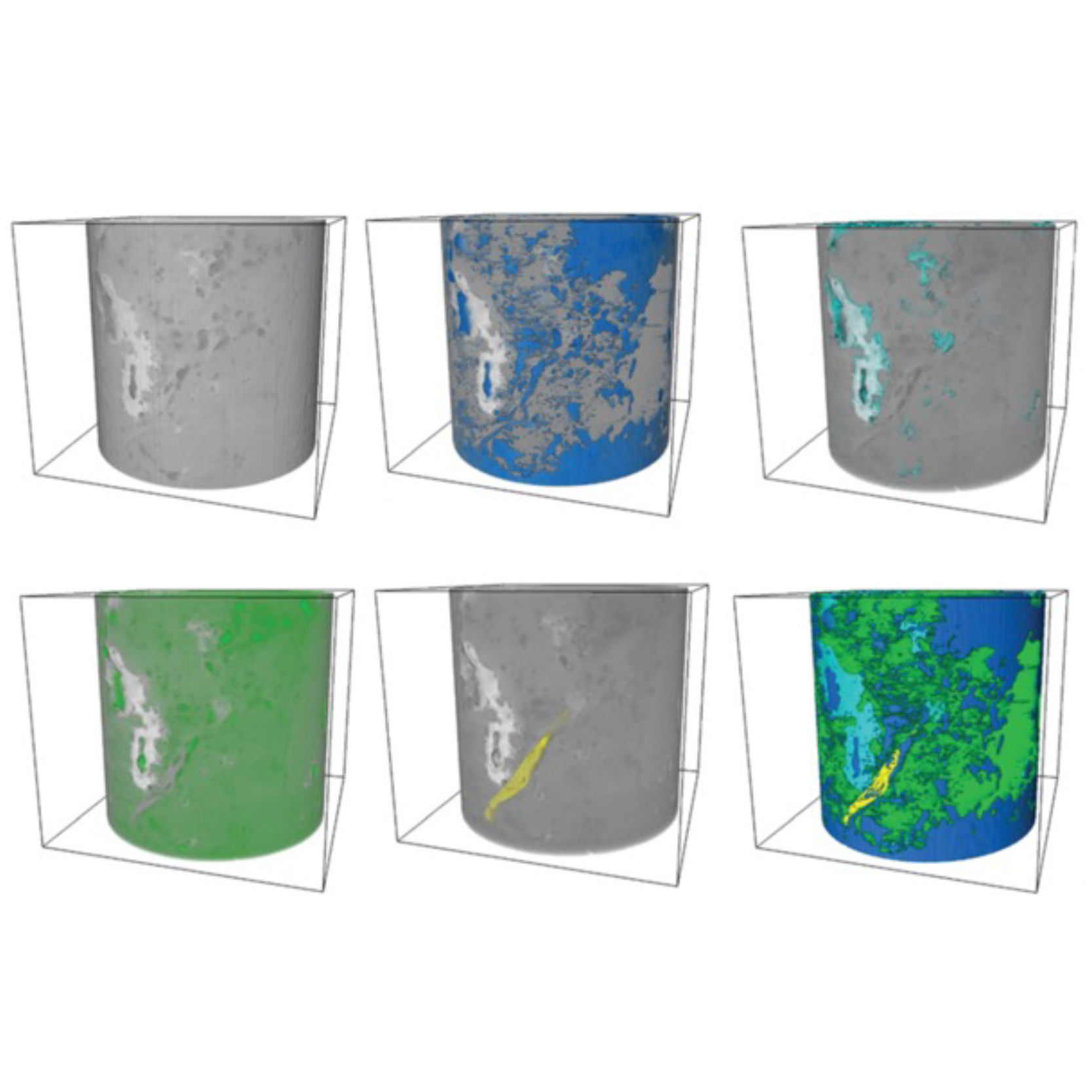
3D Microstructure of Soft Magnetic Elastomer Membrane
Soft magnetic elastomer membranes enable fast magnetic actuation under low fields. In our project, we… Read More
Events & Resources
News, Events and Resources from NXCT Partners
The project came about as a collaboration between the University of Warwick and Washington University in St. Louis, employing x-ray computed tomography (XCT) to reverse-engineer some precious objects from the Museum of the History of Science in Oxford. The objects in question were a pair of 19th century Korean scaphe dials: a small ivory combination sun dial and compass (made in 1870), and a larger bronze scaphe dial (1880). Using radiography to penetrate under the surface of these dials, we were able to better understand how they were constructed (e.g., tools and methods), explain the structure and function of the resulting features, and to retrace the trials and errors that transpired in the process of making.
The two dials were brought to the Centre for Imaging, Metrology, and Additive Technologies (CiMAT) for XCT scanning, the NXCT providing 2 days of beamtime to image them. The small dial was scanned on the Zeiss Metrotom 1500 system at CiMAT, while the larger dial was imaged using a Nikon 450 Custom Bay system. The CT data was then analysed at the CiMAT facility, exploring how the objects were constructed and how that related to technological practices at the time.
This research highlights XCT as a useful tool to understanding technological artifacts, artifacts which can in turn be traced to individual artisans and engineers of significance. The makers of the dials include Kang Yun, Yi Kye-ŭi, and Hŏ Hak, all of whom were affiliated with the military workshops of Chosŏn Korea (1392–1910). Some of these makers were involved in constructing Korea’s first steamship and they went on to study modern Western engineering in China’s new technical schools. These dials show the techniques and practices of Korean makers at this transitional period.
The research findings will be part of a book-length study on Korean engineering, authored by Hyeok Hweon Kang, and a paper in progress with Paul Wilson and Sarah Chard-Cooper.
“The exploration of 19th century scaphe dials to reverse-engineer their construction and history, shedding light on historical practices of Korean engineering”
Hyeok Hweon Kang, Washington University in St. Louis, Assistant Professor of East Asian Languages and Cultures

Soft magnetic elastomer membranes enable fast magnetic actuation under low fields. In our project, we… Read More

Nowadays, the increasing capability of micro-manufacturing processes enables the manufacture of miniature products with extremely… Read More

Injection of CO2 into shale reservoirs to enhance gas recovery and simultaneously sequester greenhouse… Read More